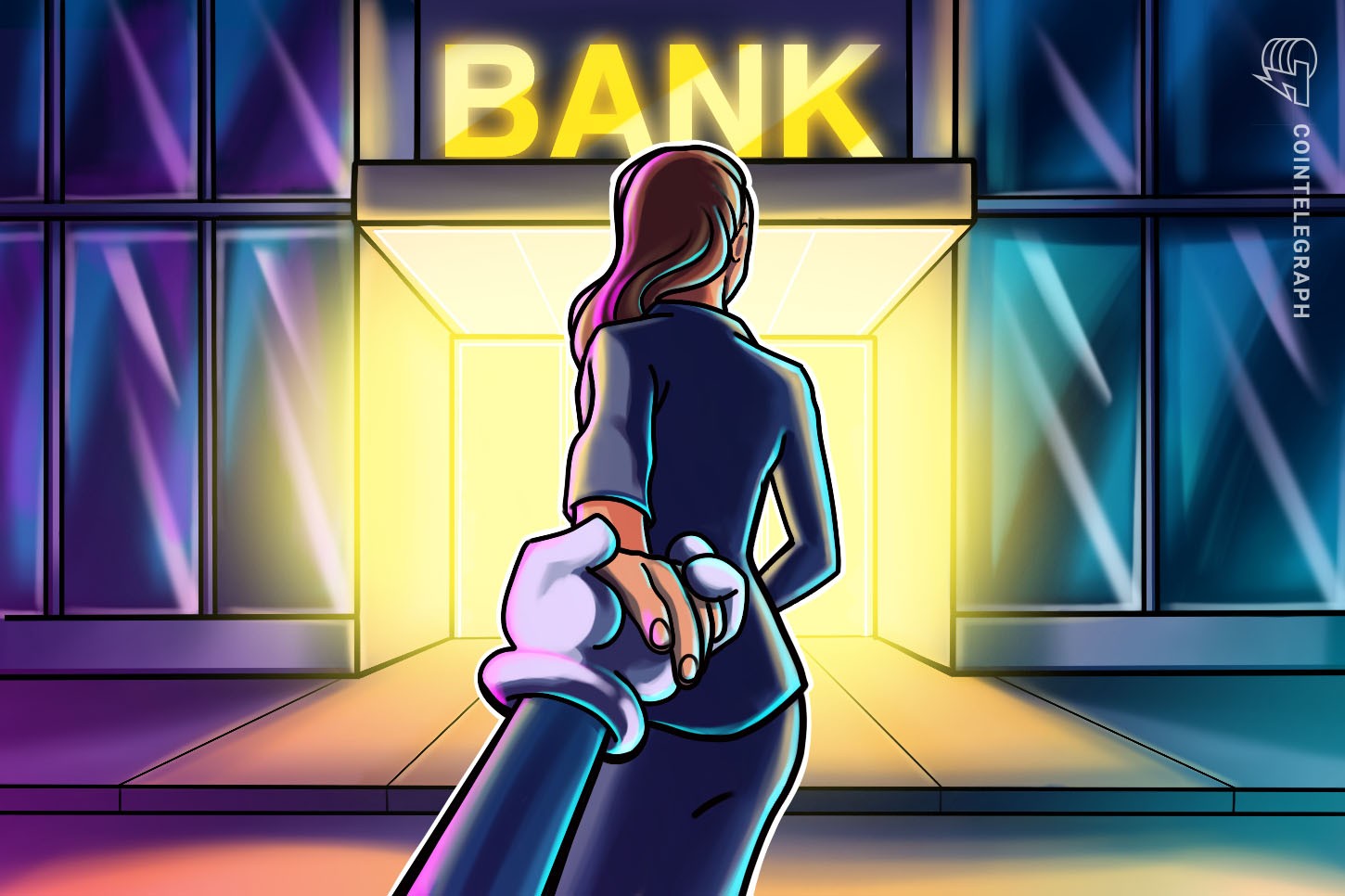The Synthetix (SNX) project, one of the biggest ecosystems in decentralized finance (DeFi), recently launched the Hadar upgrade, which enabled tokenized real-world assets like Brent oil and the Nikkei stock index.
The launch, which occurred on March 31, went seemingly unnoticed by the community at large, but Framework Ventures’ co-founder Michael Anderson, a major Synthetix backer whom Cointelegraph interviewed, believes this news will have important consequences for the crypto world.
What is Synthetix?
Synthetix specializes in minting and creating synthetic tokens, or assets, a type of derivative that Cointelegraph previously explained in detail.
Synthetic tokens track the price of some other asset, both crypto and from the real world, by using oracle price feeds and some economic incentive mechanisms. In the case of Synthetix, creating a “synth,” as it calls them, can be done by pledging collateral in the form of SNX, the platform’s token.
It is very similar to the mechanism behind the Dai (DAI) stablecoin, which also satisfies the definition of a synthetic token.
Synthetix offers its own stablecoin, sUSD, but it also expands the concept into many other types of assets and tokens. For example, it offers “inverse” tokens which can be used to short-sell a crypto asset.
With Hadar, the platform fulfilled its long-standing promise of tokenizing assets from traditional financial markets.
An alternative path to tokenized securities
Tokenized securities and commodities are often heralded as one of crypto’s most important use cases. Its proponents say tokenizing real-world assets, especially those that currently are not traded as liquid assets on exchanges, would improve the efficiency of those markets and make them available to more investors.
The straightforward way of tokenizing assets relies on central issuers. This model has been successfully used by Tether and many other companies to issue stablecoins pegged to fiat currency. But while the regulatory framework for them could be generally adapted from existing systems like e-money, most other assets present unique challenges.
This is where DeFi and Synthetix come in. As Anderson explained:
“They're a fully decentralized organization. And that is an advantage because you can't sue a token and you can't sue a smart contract. And being able to have that regulatory arbitrage or legal buffer, whatever you want to call it, is a big advantage in terms of where they can go.”
The synthetic asset system does away with many of the legal and practical issues that so far prevented tokenized assets from rising to more than niche applications. It does, however, have the potential for technical vulnerabilities — something that Anderson is keenly aware of:
“Synthetix has gone through a number of trials by fire. From December until February, [SNX] lost 65% of its value, which at the time was the only type of collateral asset in the system. If you use the benchmark of 750% like they used to, we were under-collateralized for two and a half weeks.”
Yet despite this, Anderson is clearly confident that Synthetix can fulfill the original promise of tokenized assets — financial inclusion. As he subsequently explained, the ease of access of crypto is unparalleled:
“I think that there's probably about hundreds of millions, if not a billion people in the world that have access to high speed Internet connection and therefore crypto, but don't have access to a brokerage account or bank account.”
Continuous trading in real-world assets
Many traditional markets close on weekends and holidays. For now, this feature has been ported into Synthetix’s contracts as well — a special pause function was introduced for both Brent and Nikkei synths.
But in the future, Anderson believes that this restriction should be removed and that the token should be left to its own devices for that period. In this way, he argues, even institutions will benefit from trading synthetic assets, and the synthetic assets will themselves contribute to price formation. He explained through an example:
“If the S&P 500 isn't trading, but something radical happens where everybody thinks that the S&P 500 is going to go up or down when markets open up in the morning, I could definitely see an opportunity to try and continue trading your S&P 500 token, such that when 9 AM comes around, everything gets repriced.”
Listing on exchanges
Anderson believes that Synthetix will mostly thrive by being the backbone of the wider DeFi and crypto ecosystem, where tokens representing indices or real assets “can be used as collateral or for trading.”
Kain Warwick, the founder of Synthetix, agreed with this assessment:
“Synths provide exposure to a range of assets, so while synthetix.exchange is the primary place to trade Synths, a wide distribution is critical to the success of the project.”
Part of that vision also includes being listed on centralized crypto exchanges. When asked whether exchanges would want that, given the recent delisting of FTX leveraged tokens from Binance, he replied that there is a major difference between a simple synthetic token and a leveraged synthetic position.
It is with the latter, he said, “you'll find the potential risk-reward profile that should only be used by experienced traders.”


